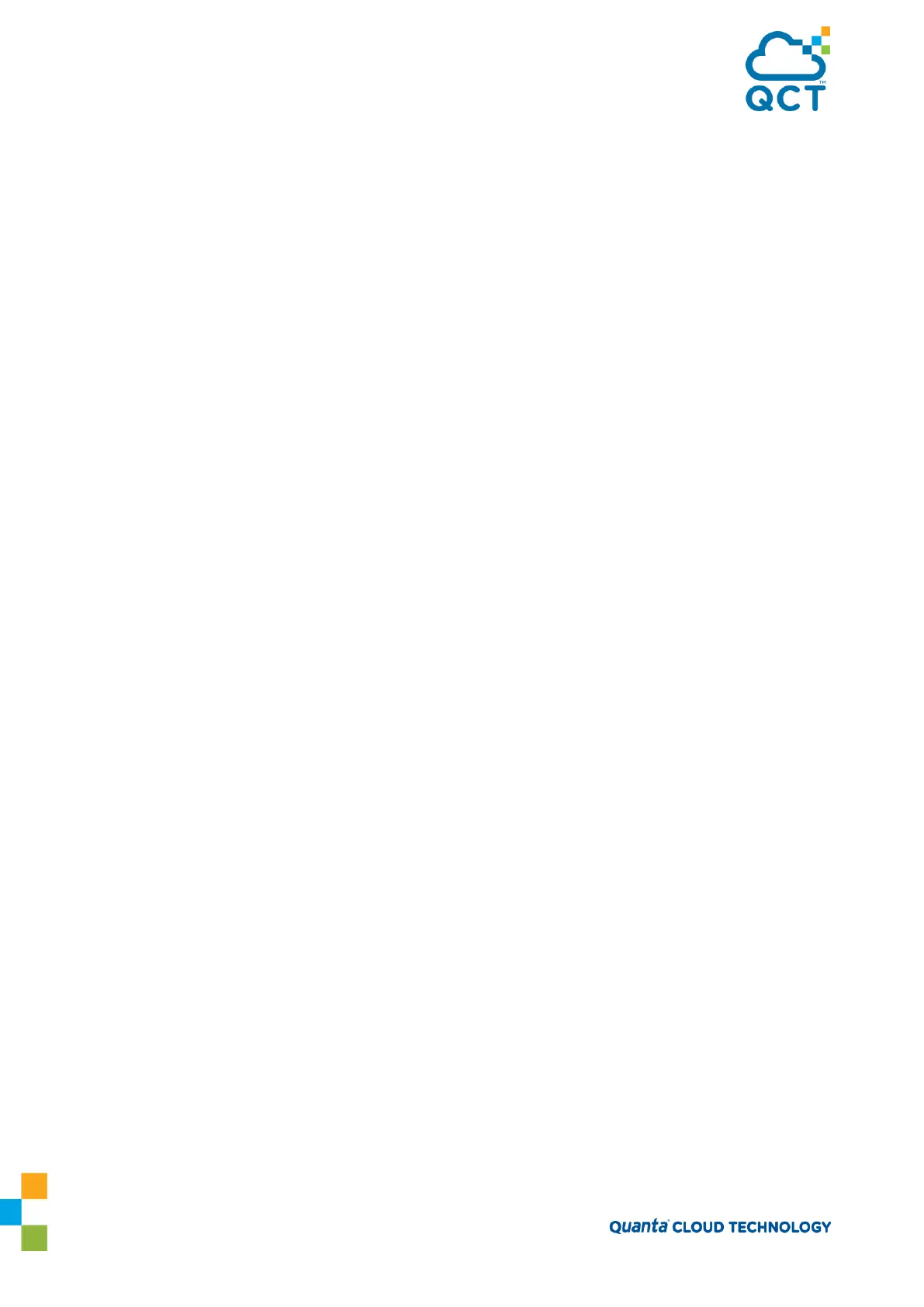194
server back to the client are assumed to be unicast directly to the client. Because there is no relay in the
return direction for protocols other than DHCP, the relay agent retains the source IP address from the
original client packet. The relay agent uses a local IP address as the source IP address of relayed DHCP client
packets.
When a switch receives a broadcast UDP packet on a routing interface, the relay agent verifies that the
interface is configured to relay to the destination UDP port. If so, the relay agent unicasts the packet to the
configured server IP addresses. Otherwise, the relay agent verifies that there is a global configuration for
the destination UDP port. If so, the relay agent unicasts the packet to the configured server IP addresses.
Otherwise the packet is not relayed.
Note: If the packet matches a discard relay entry on the ingress interface, the packet is not forwarded,
regardless of the global configuration.
The relay agent relays packets that meet only the following conditions:
The destination MAC address must be the all-ones broadcast address (FF:FF:FF:FF:FF:FF).
The destination IP address must be the limited broadcast address (255.255.255.255) or a
directed broadcast address for the receive interface.
The IP time-to-live (TTL) must be greater than 1.
The protocol field in the IP header must be UDP (17).
The destination UDP port must match a configured relay entry.
Table 14 shows the most common protocols and their UDP port numbers and names that are relayed.

